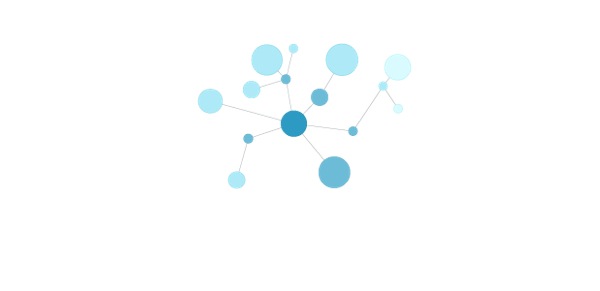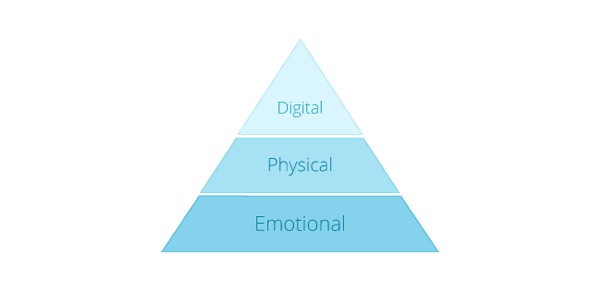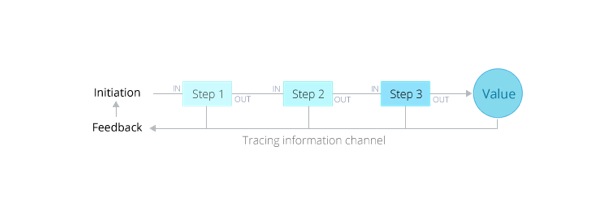Let me start with a true story that showcases how missing any aspect or touchpoint in a service experience can hurt your relationship with a customer. A few months ago my internet provider informed me that they would be replacing all Wi-Fi routers with better, newer models free of charge.
The representative told me the great news, and informed me that all I should do is pick a date and time and the new router would be set-up in just minutes.
Then the new router arrived, aesthetically pleasing and with fresh branding. Everything was great—until I opened my door for installers. There was no “Hello” or “How are you?” and no voluntary contact on their part. It felt as though the installers thought they were doing me a favor. Neither personalization, nor positive human interaction was present.
Prior experiences with this company have been lacking in this way, and I found out that many other people reported similar experiences. The company managed to make a great product, provide a great service, and reach out with a great offer, but then completely botched the experience by missing the most important aspect of doing business: human interaction.
To make matters worse, contacting the customer support hotline to file my complaint didn’t yield a clear result. I was promised that my complaint would be processed. That’s it.
Missing touchpoints like these with customers is a fatal flaw, but is a mistake many make, and make often. When we create products and servies and put them out there for customers to engage with, we’ve created an ecosystem. When one aspect of that ecosystem is ignored or undernourished, the system as a whole cannot function to its full potential.
Welcome to the Ecosystem
Every product or service comes in to this world with an abundance of actors, like the relations they have and the conditions they interact within. This ecosystem is a self-sufficient set of elements which are intricately interconnected. These elements can exist by themselves, and yet simultaneously be part of a larger ecosystem, like a tree in the forest. However, our ecosystems are populated with people, which can easily result in chaotic or poorly organized systems plagued by unnecessary bureaucracy.
The basic ecosystem features we need to keep in mind are its core elements and the connections between them.
When talking about ecosystems in nature, we can divide them into two major types: aquatic and terrestrial. In a similar way, in UX today we have three separate ecosystems: physical, digital, and emotional. When we design these ecosystems within a larger context it’s helpful to look at them as a three-tiered pyramid.
We have the emotional ecosystem as a base, then the physical one—where people interact with physical objects—and at the very top we have the digital level. Our emotional reaction to a product is the gateway to how we interact with all other aspects of a product.
In the case I described above, the company had properly managed the physical and digital areas; however the emotional ecosystem was not controlled in a human-to-human environment. The product can function perfectly, it can appear beautiful, but if the basic human interaction is weak or negative, that is what the product association will be. Conversely, sub-standard products can be negated by having above-par customer service. Experiences in our emotional ecosystems shape our experiences in the physical and digital ecosystems.
Not long ago, there were strictly defined borders and links between physical and digital worlds and we could map journey stages through offline and online media, plan touch points and predict the flows users will go through. Now, predicting (guessing and planning) doesn’t seem to be enough. Everyday we get something new in terms of technology, like the Internet of Things, which has recently emerged and, as Gartner predicts, will continue to develop rapidly, enmeshing physical and digital experience. Due to these rapid changes, we will have to redefine and regroup activity areas at some point.
If the basic human interaction is weak or negative, that is what the product association will be
These innovations generate loads of data that are manageable but, again, more challenging to predict and analyze. Users are presented with new touchpoints that can’t be tracked right away as we may not even know about them yet. This means that structuring and organizing data and observing and analyzing it are better tactics. It’s a matter of being more agile and letting the service shape itself. It doesn’t mean losing control; it’s more like growing and pruning a bonsai tree.
[google_ad:WITHINARTICLE_1_234X60_ALL]
The Value Chain
The value chain is a process or a workflow in a service or product with sequential steps, and IN and OUT points. Ideally, each step in the value chain provides proper input to trigger the next one. In a service there’s also timing for each step, which creates another metric for measurement.
There should be a tracing information channel that can pass feedback from any step back to the starting point so it can be analyzed and the chain can be optimized. With a service it can be some point in the process, for software it can be feedback logic, and for hardware a sensor can serve as an example.
The result of each chain should convey certain information to help measure the quality of the process. The quality is the way the result matches user’s expectations or as ISO 9000 describes it, “a degree to which a set of inherent characteristics fulfills requirement.” By analyzing data (like the complaint I lodged) and using a value chain, my Internet provider would be able to see that the customer service problems in the last step (installation) are greatly diminishing the value of their new product and service.
Lessons Learned
Understanding your ecosystem is a crucial part of service and product design as it provides tools for further development. Ecosystem research lays the ground for UX development and can be very fruitful in product development for gaining an overview, not only in terms of user needs, but at a higher level that takes into account the actors, processes, places, timing, and business goals that make the complete ecosystem. A good way to start is by gathering as much information as possible and creating an ecosystem map with the help of card sorting, which can develop into a realistic service journey map.
We must make sure flaws and new touch points are easily discovered by providing users with means to communicate and optimizing our processing methods. This includes being proactive and making use of emerging technologies to gather valuable data with processes, feedback logic, or sensors, which allow us to deal with challenges as the ecosystem is changing and new touchpoints emerge.
A product or service ecosystem requires careful attention and tuning at every touchpoint, but the dilingece pays off when your customers have a rewarding emotional experience.
Image of frog in terrarium courtesy Shutterstock










